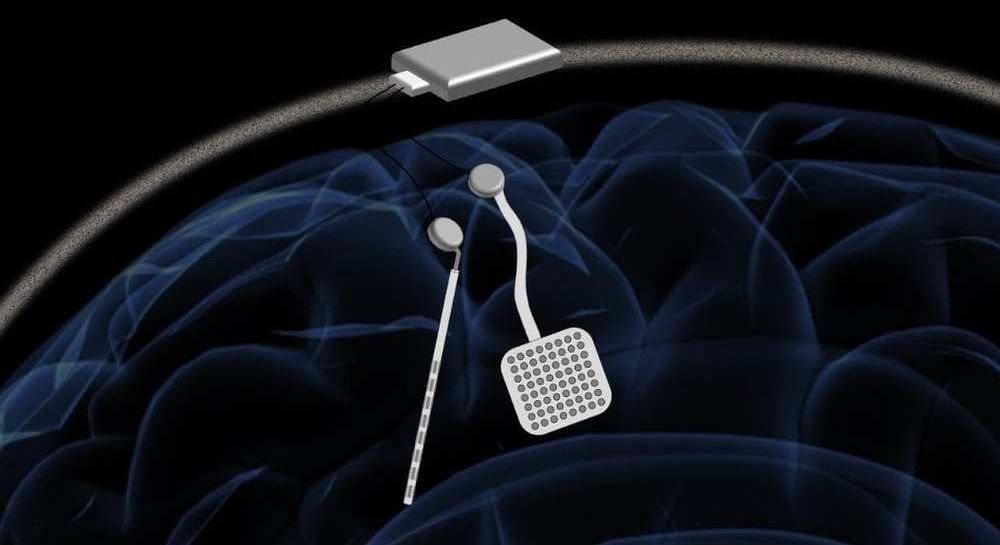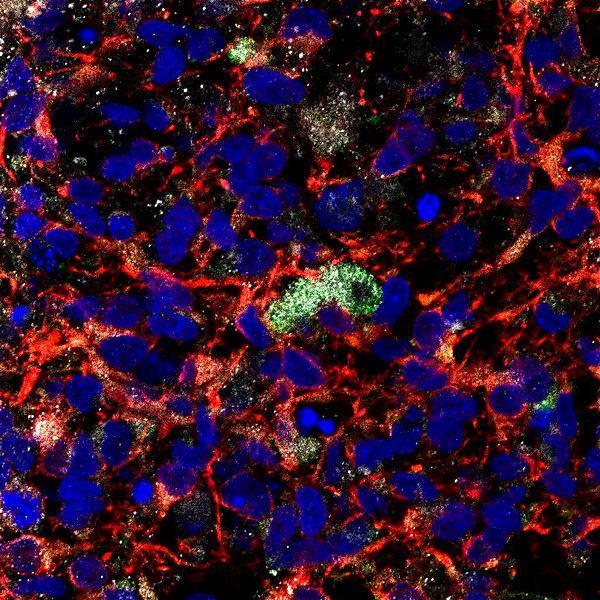
Researchers from MIT and elsewhere have recorded, for the first time, the “temporal coherence” of a graphene qubit—meaning how long it can maintain a special state that allows it to represent two logical states simultaneously. The demonstration, which used a new kind of graphene-based qubit, represents a critical step forward for practical quantum computing, the researchers say.
Superconducting quantum bits (simply, qubits) are artificial atoms that use various methods to produce bits of quantum information, the fundamental component of quantum computers. Similar to traditional binary circuits in computers, qubits can maintain one of two states corresponding to the classic binary bits, a 0 or 1. But these qubits can also be a superposition of both states simultaneously, which could allow quantum computers to solve complex problems that are practically impossible for traditional computers.
The amount of time that these qubits stay in this superposition state is referred to as their “coherence time.” The longer the coherence time, the greater the ability for the qubit to compute complex problems.
Read more


















